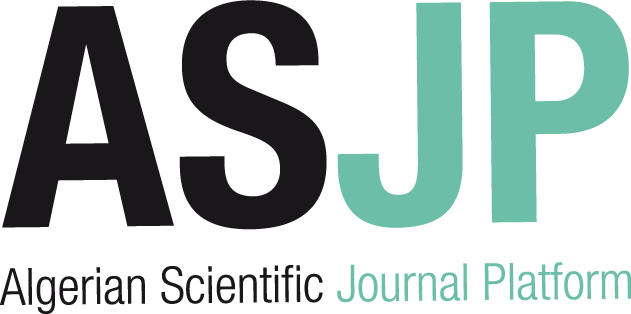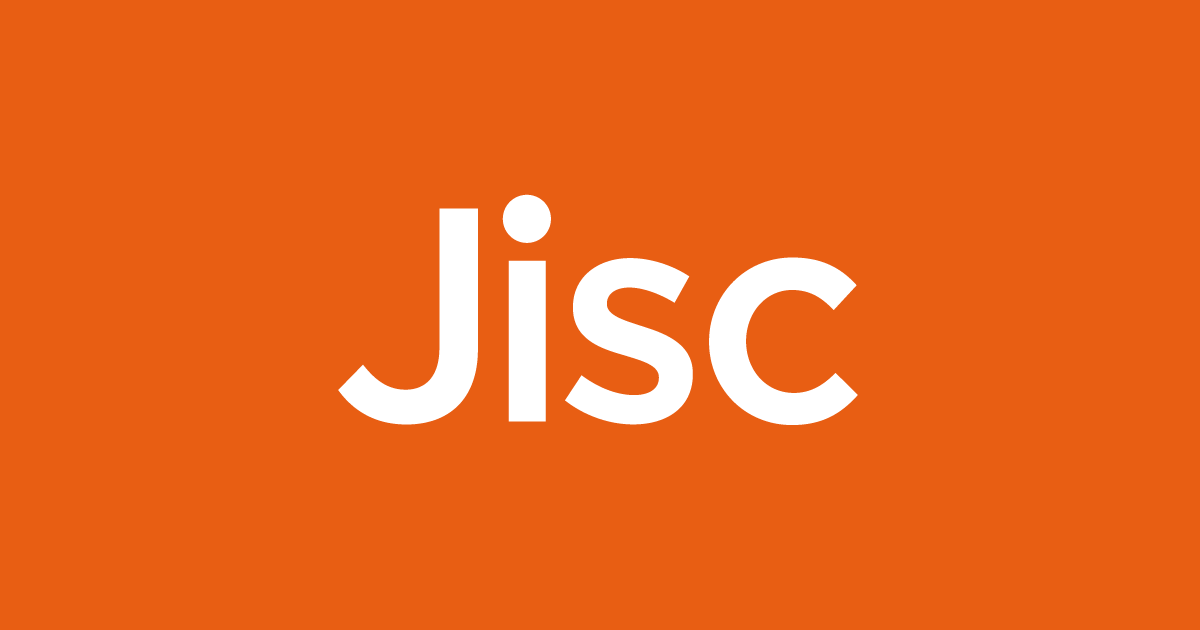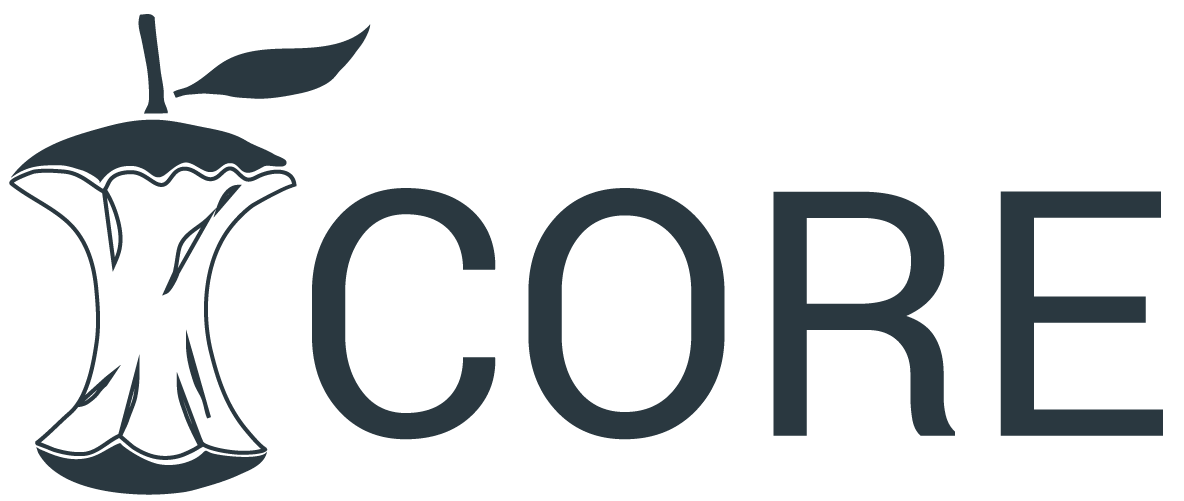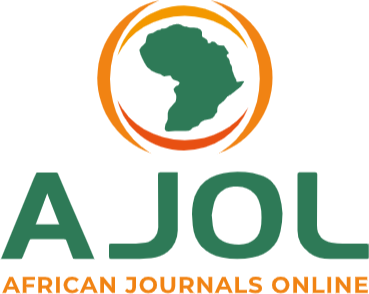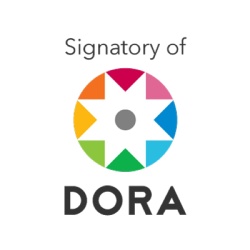Guide for authors
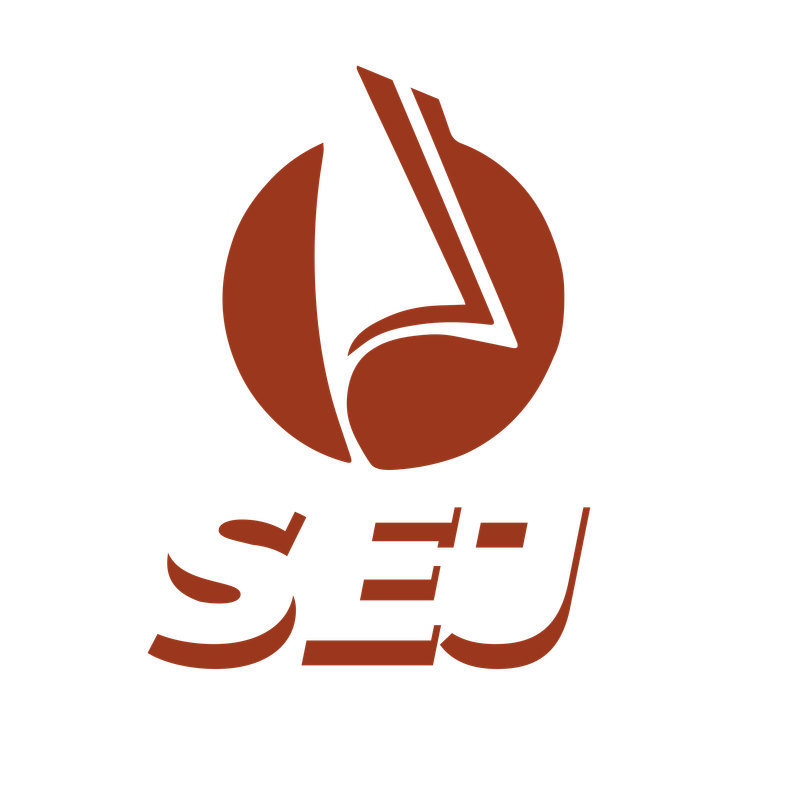
Guide for Authors
Guide for Authors
Submission Preparation Checklist
To ensure successful submission, authors must verify compliance with the following requirements. Submissions that fail to meet these standards may be returned for revision:
-
- The manuscript is original, has not been previously published, and is not under review by another journal. If an exception applies, it must be noted in the Comments to the Editor.
- The manuscript file is formatted as OpenOffice, Microsoft Word, or RTF.
- URLs for references, where applicable, are included.
- The text is formatted in single spacing, uses a 12-point font, and employs italics for emphasis instead of underlining (except for URLs). All illustrations, figures, and tables are embedded within the text at appropriate locations.
- The manuscript adheres to the style and referencing guidelines detailed in the Author Guidelines.
- The journal's template has been utilized as required.
Author Instructions
Introduction
The Social Empowerment Journal focuses on advancing research through human studies and fostering interdisciplinary exploration within the humanities, social sciences, and economic sciences. The journal prioritizes enduring, cross-disciplinary studies that provide broadly applicable insights across diverse fields.
The journal welcomes research papers in the humanities, social sciences, and economic sciences that enhance the quality of research or contribute to the advancement of these fields. Published articles emphasize research innovations and their potential to promote best practices for societal benefit.
By serving as a platform for high-quality, double-blind, peer-reviewed studies, the journal ensures global dissemination of impactful findings to scholars and researchers. These contributions act as foundational resources for informed decision-making and the development of new ideas within their respective domains.
Established under the auspices of the University Amar Telidji of Laghouat, Algeria, and affiliated with the Ministry of Education and Scientific Research, the journal features theoretical articles, methodological advancements, practice-oriented studies, teaching-focused research, and case studies addressing current trends in the humanities, social sciences, and economic sciences. The journal is committed to publishing innovative research that appeals to a broad readership and fosters interdisciplinary dialogue.
The editorial team actively encourages topic suggestions for special issues and prioritizes submissions that highlight contextual differences and derive lessons applicable to diverse audiences.
In summary, the Social Empowerment Journal serves as a multidisciplinary platform aimed at advancing both theoretical and practical knowledge in the humanities, social sciences, and economic sciences.
Editing Process
The editorial board comprises professors and university researchers from various countries, ensuring a thorough review process. Editors assess the manuscript's relevance, contribution to the field, clarity of the problem statement, and appropriateness of the methodology. Manuscripts that do not align with the journal's scope are typically rejected within 15 to 30 days.
All submissions undergo a double-blind review process. Referees are tasked with evaluating the manuscript's content and agreeing to review it. For accepted papers, referees are encouraged to identify potential audiences interested in the findings and explain their relevance.
Referees also provide suggestions primarily focused on editorial improvements. These comments are reviewed by the editors before communicating decisions to the authors. Editors determine necessary revisions and evaluate which manuscripts will engage the journal's readership effectively.
Accepted manuscripts are made immediately accessible and citable prior to their formal release.
Publishing Ethics
For detailed information regarding publishing ethics, please refer to our guidelines. (ethics)
Declaration of Competing Interests
Authors are required to disclose any financial or personal relationships with individuals or organizations that could improperly influence their work. Examples of potential conflicts of interest include, but are not limited to, employment, consulting arrangements, financial interests, or funding sources.
Submission Guidelines
Submitted work must be original, unpublished, and not under review by any other journal. Authors must secure consent from all contributors for publication, whether explicitly stated or implied. Once a manuscript is accepted, authors commit not to submit the work in the same form to another journal.
Use of Inclusive Language
Inclusive language reflects diversity, demonstrates respect for all individuals, considers differences, and promotes equal opportunities. Manuscripts should :
- Avoid assumptions about readers' beliefs or commitments.
- Refrain from content suggesting superiority based on age, gender, race, ethnicity, culture, sexual orientation, disability, or health condition.
- Be free from bias, stereotypes, slang, dominant cultural references, or cultural assumptions.
Authors are encouraged to:
- Use gender-neutral language, such as plural nouns (e.g., "doctors, patients/clients") instead of gendered pronouns like "he," "she," or "him/her."
- Avoid terminology with exclusionary or negative connotations, such as "master/slave," "blacklist," and "whitelist," and use appropriate alternatives.
Disclosing the Use of Generative Artificial Intelligence in the Scientific Writing Process
These recommendations are intended as a reference to ensure respectful and inclusive communication but are not exhaustive.
The following guidelines apply exclusively to the writing process and not to the use of AI tools for data analysis or generating research insights.
When employing generative artificial intelligence (AI) and AI-based technologies in the writing process, authors should utilize these tools only to enhance readability and language. The use of such technologies must remain under human supervision, with authors thoroughly reviewing and editing the generated content. While AI may produce outputs that appear accurate, there is a possibility of errors, omissions, or biases. AI and AI-powered technologies should never be credited as authors or co-authors, nor should they be cited as such. Authorship is a human responsibility involving specific tasks that cannot be delegated to AI.
Authors are required to disclose the use of AI and AI-enhanced technologies in their writing process, in accordance with the given guidelines. A statement acknowledging this will be included in the published work. It is essential to note that the authors remain fully responsible and accountable for the content of the manuscript.
Guidelines for Preparing Analytical Reports on Sex and Gender in Research
Authors are encouraged to consult the Sex and Gender Equity in Research (SAGER) Guidelines, developed by the European Association of Science Editors (EASE), along with the associated SAGER Guidelines Checklist. These resources offer methodologies for integrating sex and gender considerations into study design, data analysis, reporting, and interpretation of research findings.
The SAGER Guidelines stress the importance of distinguishing between sex (biological characteristics) and gender (sociocultural constructs), where relevant. Addressing these factors in research improves its inclusivity and generalizability. Authors should explicitly state whether sex and/or gender were considered in their analysis, provide a rationale for their exclusion if not, and describe how these factors were incorporated throughout the study.
This revision clarifies the guidelines' purpose and origin while enhancing clarity in the context of scientific reporting.
Changes in Authorship
Authors should carefully consider and finalize the list and order of authors before submitting the manuscript, providing the final list at the time of the original submission. Any modifications to the author list, including additions, deletions, or reordering, should only occur prior to manuscript acceptance and must be approved by the journal editor.
In rare cases, the editor may permit changes to the author list after the manuscript is accepted, but such changes will only be considered under exceptional circumstances. During the editor's review of the submission, publication will be suspended. If the manuscript has already been published online, any changes approved by the editor will be made via a published correction.
Copyright and Licesen
For all articles published in the Social Empowerment Journal (SEJ), copyright remains with the authors. Articles are licensed under an open-access Creative Commons Attribution-NonCommercial 4.0 International License (CC BY-NC 4.0), which allows anyone to download, read, and share the content freely. The articles can also be reused and cited, provided the original published version is appropriately referenced. This approach maximizes the reach and impact of the work while ensuring that authors receive proper credit.
Open Access
All articles published in the SEJ Open Access journal are freely available for unrestricted use, following the guidelines outlined in the Budapest Open Access Initiative. Articles are published under the terms of the Creative Commons Attribution-NonCommercial 4.0 International License (CC BY-NC 4.0), allowing users to share, copy, distribute, and transmit the work in any format, and to modify it for non-commercial purposes, as long as proper attribution is given to the authors.
The author(s) and copyright holder(s) grant all users the free, irrevocable, worldwide, and perpetual right to access, copy, use, distribute, transmit, publicly display, create derivatives, and distribute such derivatives, with appropriate credit to the authors.
Submission Process
The online application system requires authors to input their essay details. The system will automatically convert your article files into a single PDF, which will be used during the peer review process. However, editable file formats (such as Word or LaTeX) are needed for typesetting the article for final publication.
All communications, including notifications of editorial decisions and review requests, will be sent via email.
Submit your Article
Articles can be submitted through: SEJ
Peer Review
The journal follows a double-blind, anonymous peer review process. Initially, the editor evaluates the suitability of the paper for the journal. If deemed appropriate, the paper is sent to at least two independent expert reviewers who assess the scientific quality of the manuscript.
The editor holds the ultimate responsibility for making the final decision on whether an article is accepted or rejected. Reviewers do not participate in decisions related to manuscripts or other matters in which the editor is personally involved. Peer review is conducted independently from the relevant editor and their research team. For more information on the types of peer review, please refer to the appropriate guidelines. (peer review)
Double anonymous review
The journal employs a double-blind review process, ensuring that both the authors' and reviewers' identities remain confidential. To comply with this system, authors are required to submit the following as separate documents:
- Title Page (with Author Information): This document should include the paper's title, the names and affiliations of all authors, and the full contact details of the corresponding author, including their email address.
- Anonymous Manuscript (without Author Information): The main text of the manuscript, including all references, figures, tables, and acknowledgments, must not contain any information that could reveal the identity of the authors, such as names, affiliations, or any other identifying details.
Structure of the Manuscript
Subdivision - Numbered Sections
Introduction: Clearly outline the business objectives, avoiding in-depth literature reviews or detailed summaries of results.
Methods: Previously published methods should be summarized concisely and referenced appropriately. Direct quotations from existing methods must be enclosed in quotation marks, with the source duly cited.
Results: Present the findings in a manner that is clear and concise.
Discussion: A combined "Results and Discussion" section is often sufficient. Avoid an excessive number of citations and overly detailed discussions of previously published works.
Conclusions: The study's main conclusions can be included in a brief standalone "Conclusions" section or integrated as a subsection within the "Discussion" or "Results and Discussion" section.
Title Page Details
- Title: Provide a concise title that contains adequate information. Avoid the use of abbreviations and formulas in the title.
- Author Names and Affiliations: Clearly state the first and last names of all authors, ensuring accurate spelling. Include the authors' affiliation details below their names. Use small superscript letters to link each author to their respective affiliation. List the full postal address of each institution, including the country name, and provide the email addresses of the authors. If available, include the ORCID details.
Abstract
Include a concise abstract of 200–250 words. The abstract should succinctly describe the purpose of the research and the primary findings. As the abstract may appear independently from the full article, references should generally be avoided. If references are necessary, mention only the author and year. Non-standard or rarely used abbreviations should be avoided; however, if essential, define them upon their first use within the abstract.
Keywords
Following the abstract, include up to six (6) keywords in both English and Arabic. Avoid general terms, plurals, or multi-word concepts (e.g., phrases containing “and” or “of”). These keywords will facilitate indexing and retrieval of the article.
Funding Source Coordination
Provide the name of the institution or organization that supported the research financially. If no funding was received, include the following statement:
This research did not receive any specific grant from funding agencies in the public, commercial, or not-for-profit sectors.
Artwork and Manuscript Formatting
- General Guidelines: Prepare the manuscript on white A4 paper with margins of 3 cm (top), 2.5 cm (bottom), 2.5 cm (left), and 2 cm (right).
- Title and Author Details: The manuscript's full title must appear centered at the top of the first page, written in both Arabic and English. Below the title, include the author’s name(s), their affiliation(s), and mailing/email addresses.
- Abstract: Provide an abstract in English (Times New Roman, size 18) and Arabic (Traditional Arabic, size 18), not exceeding 200 words each.
- Keywords: Include the title "Keywords:" in both Arabic and English, followed by a maximum of nine keywords. The Arabic keywords should be in bold Traditional Arabic font, size 14, while the English keywords should follow the same formatting style.
Main Text
- Use single spacing throughout the manuscript.
- Employ the Times New Roman font for all English content and Romanized references, including phonetic notations.
- For Arabic content, use Traditional Arabic font, size 14.
- Separate paragraphs with double spacing.
Language Requirements
Manuscripts must be written in either Arabic or English, Spanish, and French.
Figures, Tables, and Illustrations
- Figures, tables, and illustrations should be placed on the same page as their corresponding content whenever possible. If this is not feasible, they may be placed on the following page.
Labeling Figures and Tables
- Figures, pictures, and illustrations should be labeled as “Figure,” while tables should be labeled as “Table.”
- Assign each figure and table a unique number, and include a title for each.
- The figure or table number and its title must be positioned above the figure or table, with the first letter of the title capitalized.
- If applicable, the source of the figure or table should be included below it.
- Figures, pictures, illustrations, and tables should be centered between the left and right page margins.
Sections and Subsections
- Headings and subsections must be assigned appropriate titles.
- Section titles should be written in uppercase letters.
- Subsection titles should be formatted accordingly for clarity and consistency.
Manuscript Length
- Manuscripts should not exceed 20 single-spaced pages, including illustrations, tables, and references.
- Page numbers must be centered at the bottom of each page.
Footnotes
- Use footnotes sparingly.
- Number footnotes sequentially in the text using superscript numbers.
- Keep footnotes as concise as possible.
References
- References must be cited in the text using the following format: (Author, Year).
- For Arabic manuscripts, references must be transliterated into Roman script in the reference list.
- Adhere to the APA Publication Manual, 7th Edition guidelines for formatting references. Further details can be found at www.apastyle.org.
Reference List
- All references cited in the text must be included in the References section, with author names listed alphabetically.
- Authors are responsible for ensuring all references are complete, accurate, and match those cited in the text.
- Ensure there is no discrepancy between the references cited in the manuscript and those included in the References section.
Graphical Abstract
- A graphical abstract is a compact, pictorial, and visual representation that summarizes the key findings of the article.
- For further guidance, refer to the provided link or review graphical abstracts of articles published in SEJ.
- A graphical abstract must be uploaded during submission and should visually convey the manuscript's primary research findings.
- It should not simply replicate manuscript figures, tables, or maps but instead provide a unique visual summary that aligns with the article’s topic and captures the reader’s interest.
Web Reference
- For online references, include the full URL and the date of the last access.
- Provide any additional details, if available, such as DOI, author names, publication date, and source information.
- Adhere to the APA Publication Manual, 7th Edition for formatting and referencing guidelines (visit www.apastyle.org for more details).
Citing References
- References must be cited using sequential numbering (e.g., 1, 2, 3) and listed at the end of the manuscript in a numbered format.
- If the manuscript is in Arabic, all references must be transliterated into English and formatted using Times New Roman, size 14.
- Ensure that all references are complete, accurate, and consistent with the citations in the text.
Video Submissions
- The journal welcomes video materials to complement scientific research.
- Authors with video or animation files are encouraged to include links within their articles, similar to referencing figures or tables, indicating where the video content should be incorporated.
- Each file must be appropriately named to reflect its content and context.
- For optimal usability, submit files in the recommended formats with a maximum size of 150MB per file and a total limit of 1GB.
- Videos and animations will be published online alongside the article.
Open Access and Manuscript Availability
- The journal does not represent the positions or opinions of its advisory board, editorial board, joint editorial board, or management team through published articles.
- SEJ is an open-access journal established in 2019. There are no article processing or DOI maintenance fees.
- Readers can freely access and download articles.
- Authors will receive a complimentary PDF of their published work.
Plagiarism Check
- All submissions undergo plagiarism checks using Turnitin and Detectia during the initial screening and prior to publication.
Post-Acceptance Process
- Proof Correction: Authors must submit corrections within 15 days of review.
- Major changes to the accepted article are not permitted unless approved by the editor.
- Authors should ensure all corrections are provided in a single response, as additional corrections cannot be guaranteed. Proofreading is solely the authors’ responsibility.
Reference Management
- SEJ recommends using Mendeley software for citation and bibliography management.
Copyright Policy
Published work is licensed under a Creative Commons Attribution-NonCommercial 4.0 International License (CC BY-NC 4.0).
Privacy Statement
Collection of Personal Information
The Social Empowerment Journal (SEJ) may collect and utilize personal information required for the processing and publication of submitted manuscripts. This information may include, but is not limited to, names, affiliations, and contact details such as postal addresses, email addresses, phone numbers, and fax numbers. The collected personal information will be used solely for the following purposes:
- Processing and publishing manuscripts.
- Managing and administering the journal's website.
- Personalizing the website experience for users.
- Enabling access to and use of location-based services.
- Communicating with authors regarding their manuscripts.
In cases where SEJ shares personal information with its agents or subcontractors to fulfill these purposes, those entities are obligated to use the information in compliance with this Privacy Statement. Additionally, SEJ may disclose personal information if required by law, in connection with legal proceedings, or to establish, exercise, or defend its legal rights.
Data Security
The Social Empowerment Journal (SEJ) is committed to protecting your personal information by implementing appropriate technical and organizational measures to prevent loss, misuse, or unauthorized alteration.
Cross-Border Data Transfers
Personal information collected by SEJ may be stored, processed, and transferred across countries where SEJ operates, ensuring its use complies with this Privacy Policy. Additionally, personal information submitted for publication on the journal's website will be published online and made accessible worldwide.
Contact Information
Personal data is collected for publication purposes only and is protected by organizational safeguards. Contact: empowerment.journal@lagh-univ.dz


